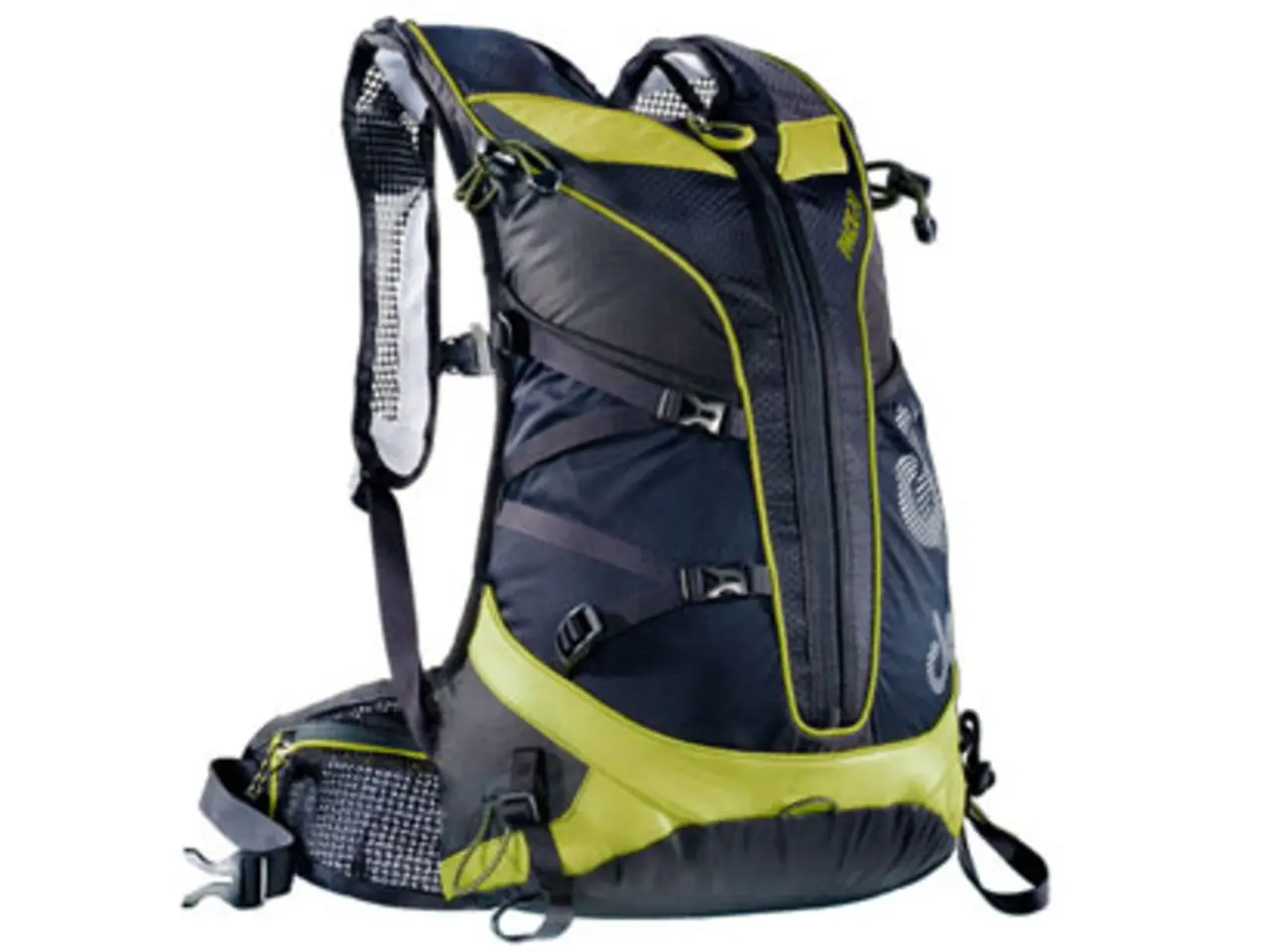Essential Safety Guidelines for Infant Equipment Selection for Parents
When it comes to choosing baby gear, understanding the different types available and selecting the most suitable options based on your baby's age and needs is crucial. This article aims to guide parents through the process of selecting baby gear with a safety-first approach.
Firstly, it's essential to check for safety certifications and compliance. Ensure all baby gear, such as car seats, cribs, strollers, meets or exceeds safety standards set by regulatory bodies like the Consumer Product Safety Commission (CPSC). Avoid products with recent recalls or safety warnings to prevent hazards like choking, entrapment, fire, or suffocation risks.
Following updated expert guidelines is also vital. For instance, the American Academy of Pediatrics recommends keeping infants in rear-facing car seats at least until age 2 or until they reach the upper height or weight limits of the seat. Forward-facing car seats with a harness should be used up to at least 4 years of age where possible.
Proper installation and use are paramount. Always prioritize safety features and correct installation over aesthetics or convenience. For items like car seats, read manufacturer instructions meticulously and consider professional installation checks. Convertible seats offer flexibility but must transition properly with age and size.
For sleep gear, use a separate, firm, flat sleeping space free of loose bedding or accessories like hats and blankets, which can pose suffocation hazards. Dress babies in no more than one additional clothing layer than an adult in the same environment to avoid overheating.
Regularly review product recalls and safety updates through official sources like the CPSC to stay informed.
Additional practical tips include choosing versatile items that grow with your child, consulting trusted pediatric or consumer safety websites for comprehensive gear reviews, and seeking advice from certified child passenger safety technicians (for car seats) or pediatricians when in doubt.
When traveling with baby gear, select appropriate car seats and strollers that meet safety standards and are easy to maneuver. Reading the instruction manual carefully before installing baby gear is crucial for ensuring proper installation and setup.
Safety certifications, such as JPMA, ASTM, and CPSC, indicate that the product has undergone rigorous testing to meet specific safety standards. Ensuring your baby's safety is paramount, and proper gear safeguards against potential hazards.
Choosing a crib or bassinet that meets current safety standards, with sturdy construction and appropriate spacing between slats, is important for safe sleep practices. Using a firm mattress and fitted sheets that are specifically designed for the crib or bassinet ensures a tight and secure fit, reducing the risk of suffocation or SIDS.
Checking for product recalls and researching customer reviews can provide valuable insights into the quality and safety of baby gear. When navigating busy airports or train stations, use a sturdy and dependable stroller that can handle rough terrain or crowded spaces.
When using public transportation or traveling by plane, consider using baby carriers or slings for a hands-free and secure way to transport your baby. Routine inspections of baby gear allow parents to identify potential issues or hazards and address them promptly.
Baby gear must adhere to certain safety standards, such as having a secure harness system in strollers, meeting CPSC guidelines in cribs, and featuring a sturdy base and five-point harness in high chairs. Opt for baby gear made from non-toxic materials, free from harmful chemicals.
Bring a car seat approved for air travel to ensure your baby's safety during takeoff, landing, and turbulence when traveling by plane. There are various types of baby gear, such as cribs, strollers, car seats, high chairs, baby carriers, and playpens.
When reading reviews, look for platforms that authenticate and verify the feedback from customers to ensure the credibility of the information. Pack essentials like diapers, wipes, extra clothes, blankets, and necessary medications in your carry-on bag for a smooth travel experience.
This blog post is about Baby Gear Safety Tips for Parents. By combining current expert safety guidelines, careful product selection based on verified safety information, and thoughtful use and installation, you can ensure that the baby gear you choose puts your child's safety above all else. Prioritize your baby's safety over convenience, even if it means carrying extra gear or taking additional precautions while traveling.
- Learning about safety certifications and compliance, such as JPMA, ASTM, and CPSC, is crucial when selecting baby gear to ensure the products have undergone rigorous testing.
- For car seats, it's recommended to follow expert guidelines like those provided by the American Academy of Pediatrics, keeping infants in rear-facing car seats until they are at least 2 years old or reach the seat's upper height or weight limit.
- When it comes to sleep gear, using a separate, firm, flat sleeping space with no loose bedding or accessories helps prevent suffocation hazards for babies.
- Parents should regularly review product recalls and safety updates from officials like the CPSC to stay informed about potential hazards in baby gear.
- During travel, opt for car seats and strollers that meet safety standards and are easy to maneuver, and consider using baby carriers or slings for a secure way to transport the baby in crowded or rough terrain.
- In addition to safety standards, baby gear should be made from non-toxic, chemical-free materials to protect the baby's health and wellness.
- Parenting blogs offer valuable tips, such as the importance of prioritizing safety features and correct installation over aesthetics or convenience, and the advantages of choosing versatile items that grow with the child.




